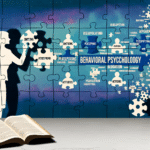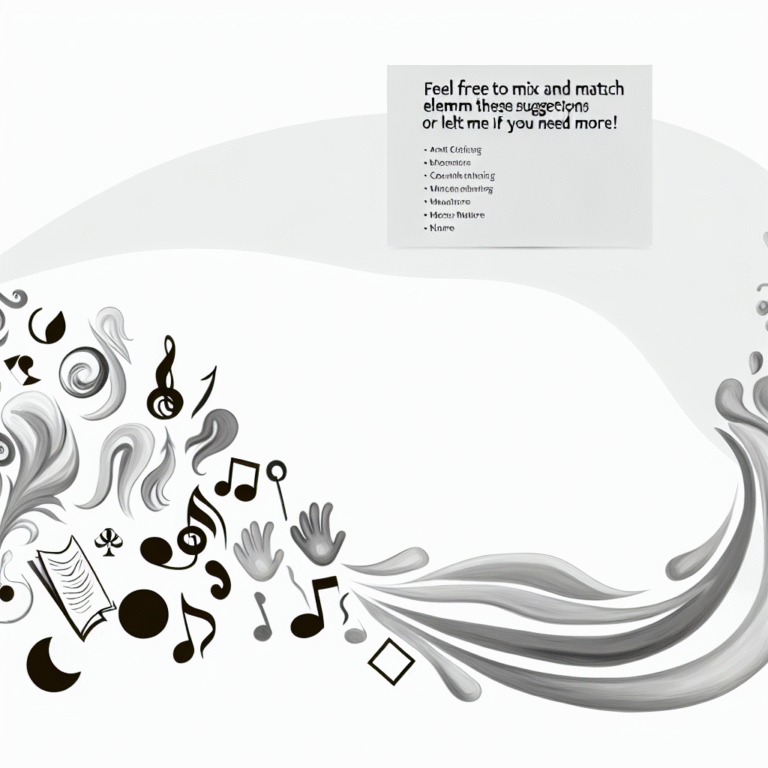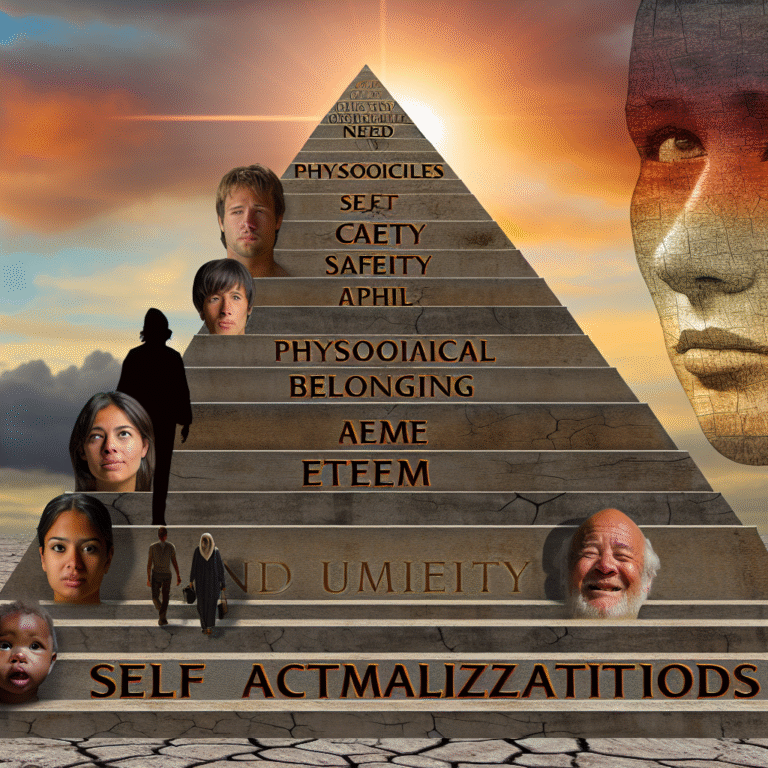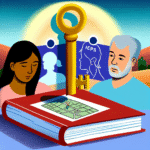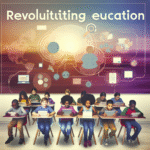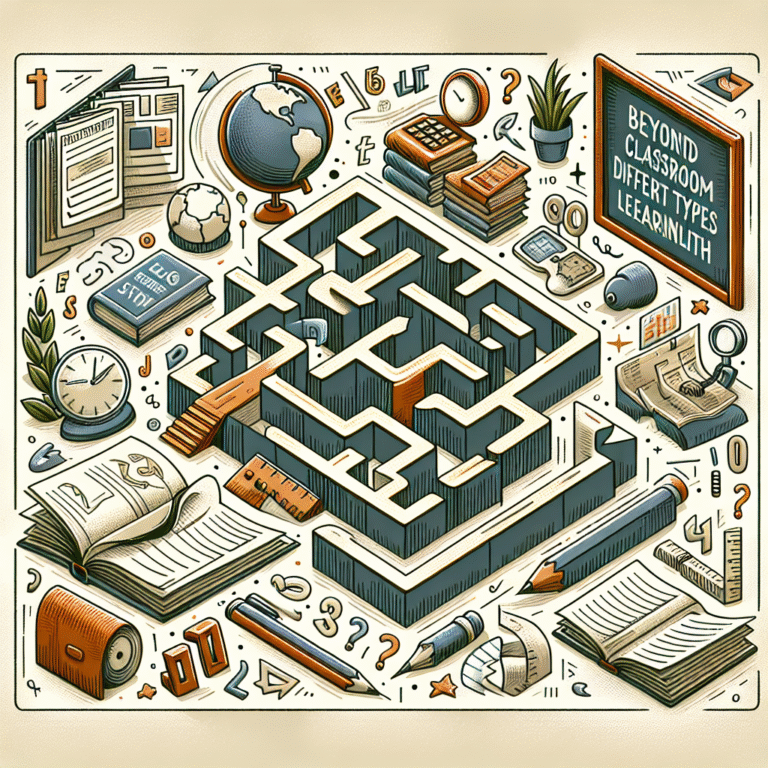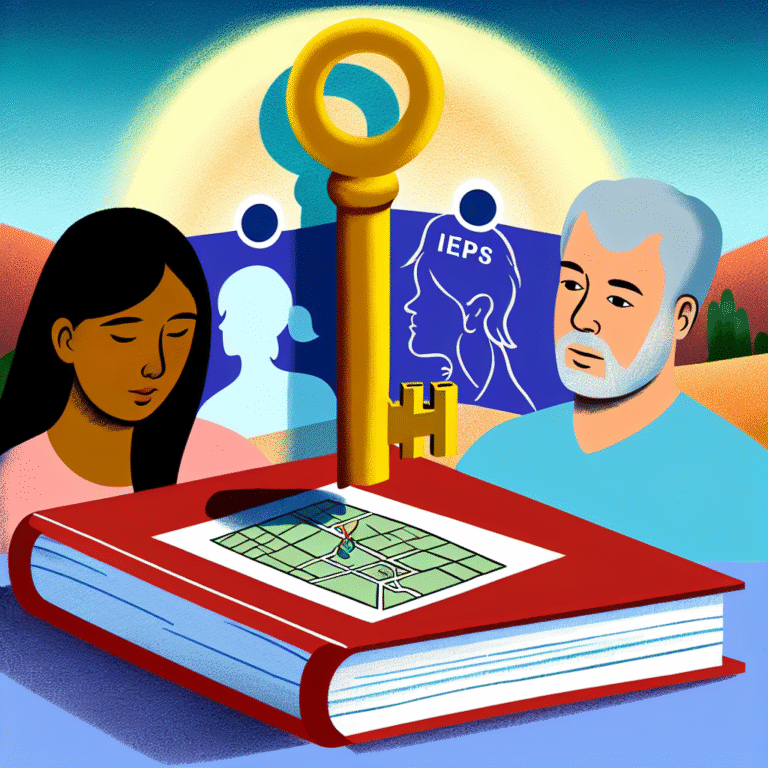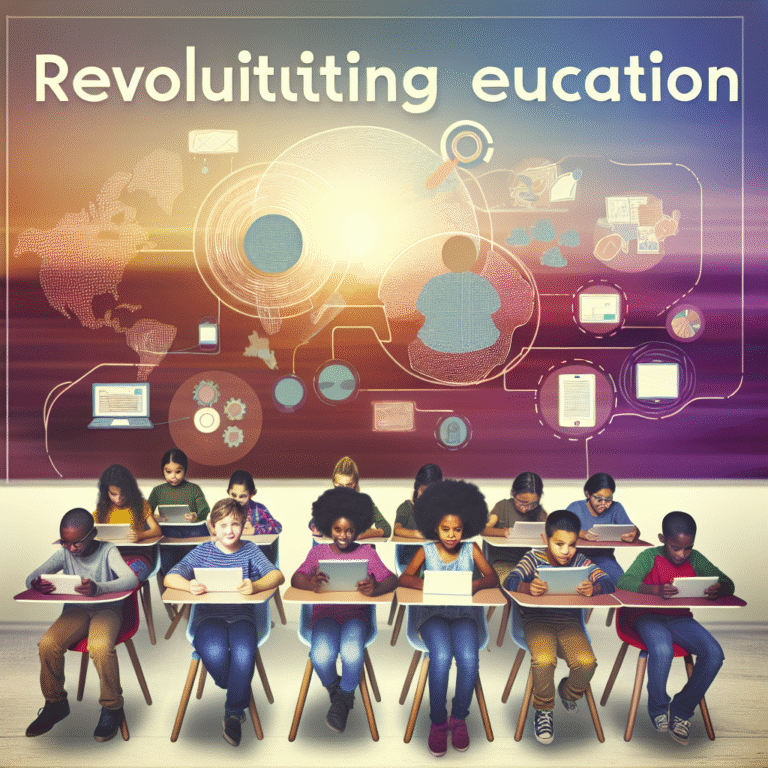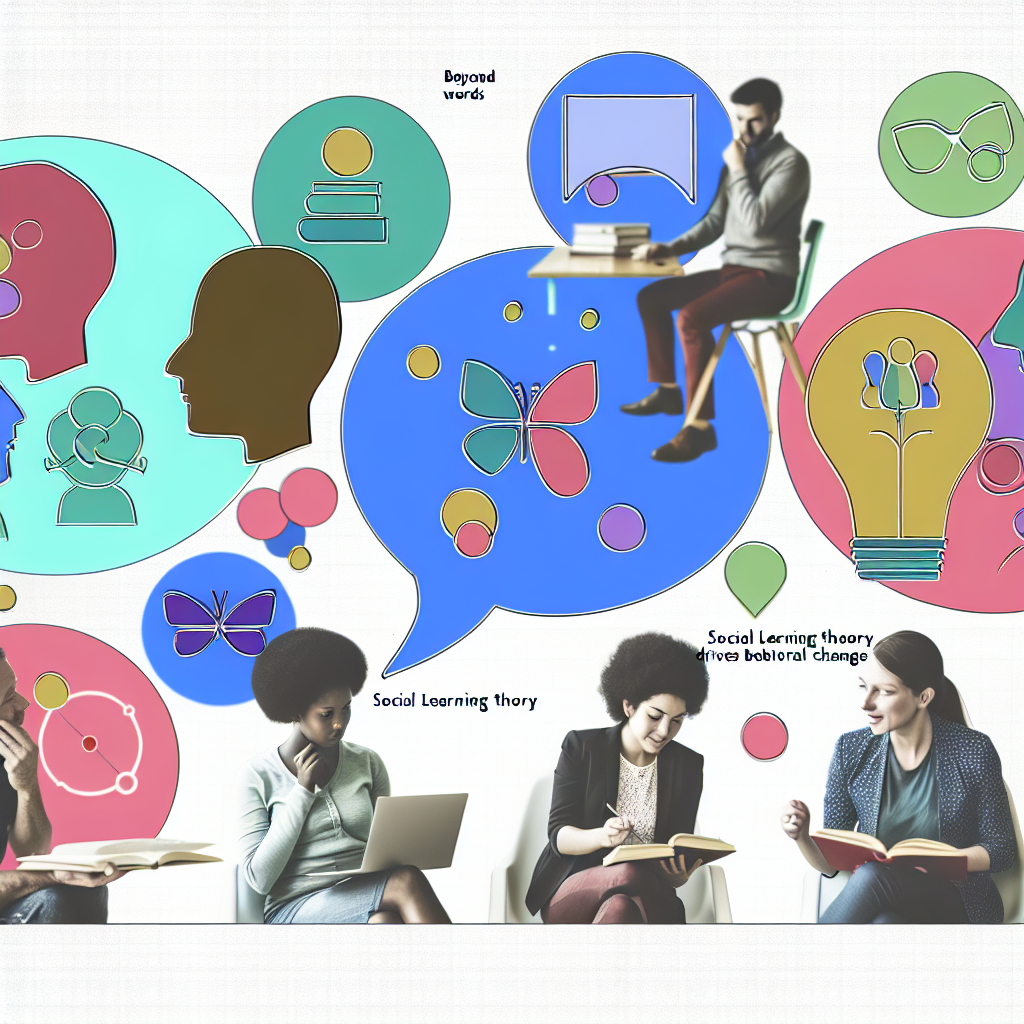
Beyond Words: How Social Learning Theory Drives Behavioral Change
Introduction
Imagine walking into a room filled with people, each learning and evolving simply by observing the behaviors of others. It sounds almost magical, yet this is the essence of social learning theory—a concept that goes beyond mere words to enact profound behavioral change. In a world that often feels fragmented and chaotic, understanding how social learning shapes our actions can provide powerful insights into personal development, workplace dynamics, and community engagements.
The journey of mastering new behaviors is not solely an individual ascent but rather a collective experience that can accelerate personal transformation when harnessed effectively. This article delves into Beyond Words: How Social Learning Theory Drives Behavioral Change, revealing its pivotal role in influencing behaviors from various angles, including education, business, and healthcare.
Understanding Social Learning Theory
What is Social Learning Theory?
Developed by Albert Bandura in the 1960s, social learning theory posits that people learn from one another, through observation, imitation, and modeling. Unlike traditional learning theories that emphasize solitary study and reinforcement, social learning recognizes the crucial role of social contexts. Essentially, people absorb information and behaviors not just from direct experiences but from observing the actions and consequences faced by others.
Key Components of Social Learning Theory
- Observation: Learning by watching others.
- Imitation: Replicating behaviors observed in others.
- Modeling: Engaging in behaviors that are socially reinforced by others.
- Reinforcement: Understanding that behaviors can be rewarded or punished through social interactions.
The Role of Cognitive Processes
In Beyond Words: How Social Learning Theory Drives Behavioral Change, it’s crucial to acknowledge the cognitive processes involved. Observers do not passively absorb information; they analyze and retain it, influencing future behavior. Bandura’s Bobo doll experiment illustrated this vividly. Children who observed aggressive behavior toward the doll were more likely to replicate that behavior, demonstrating that observation can directly influence action.
Real-World Applications
1. Education
In educational settings, social learning theory can significantly enhance student engagement and achievement.
Case Study: The Flipped Classroom Model
The flipped classroom model integrates social learning by allowing students to learn at home through video lectures and engage in collaborative activities in class. For instance, at a high school in California, students who participated in the flipped model showed a 20% increase in test scores compared to traditional learning methods.
Analysis: This approach exemplifies Beyond Words: How Social Learning Theory Drives Behavioral Change by harnessing observational learning. By watching peers collaborate and solve problems, students internalize these techniques and apply them in their studies.
2. Workplace Dynamics
Social learning theory is also pivotal in shaping organizational cultures and enhancing employee performance.
Case Study: Google’s Project Aristotle
Google’s Project Aristotle found that teams with high psychological safety fostered better performance and innovative thinking. By observing and learning from each other, team members become more willing to share ideas and take risks.
Analysis: This mirrors the principles behind Beyond Words: How Social Learning Theory Drives Behavioral Change, where employees evolve by examining their colleagues’ behaviors. In environments that support open discussion and collaboration, the collective learning experience significantly enhances overall team productivity.
3. Healthcare
In healthcare, social learning can lead to improved patient outcomes and foster healthier communities.
Case Study: The Diabetes Prevention Program
Participants in the Diabetes Prevention Program engaged in group sessions where they learned from each other’s experiences, challenges, and successes in managing their health behaviors. This peer-led model helped reduce the prevalence of type 2 diabetes by 58% in participants aged 60 and older.
Analysis: The effectiveness of such programs underscores Beyond Words: How Social Learning Theory Drives Behavioral Change in health contexts. Observing others’ lifestyle adjustments empowers individuals to replicate these behaviors, leading to improved health outcomes.
Crafting a Supportive Environment
Encouraging Observational Learning
Fostering environments that promote observational learning can significantly enhance behavioral change. Here are a few strategies:
- Peer Mentoring: Encourage experienced individuals to mentor newcomers, allowing them to observe effective behaviors.
- Collaborative Projects: Create opportunities for teamwork where employees can learn from each other’s strengths.
- Feedback Mechanisms: Implement regular feedback systems where people can discuss observed behaviors and outcomes.
Tracking Progress Through Data
Utilizing data to monitor and analyze behavioral changes is vital. The following table illustrates how various organizations integrate data collection to assess the impact of social learning initiatives.
| Organization | Initiative | Behavioral Change Metric | Result |
|---|---|---|---|
| High School XYZ | Flipped Classroom | Test Scores | 20% increase |
| Project Aristotle | Team Innovation Metrics | Higher project success | |
| Local Health Clinic | Diabetes Prevention Program | Decrease in Diabetes Cases | 58% reduction |
Balancing Individual and Collective Learning
While social learning can drive change, it’s essential to balance it with individual learning approaches. Encourage personal reflection alongside observational learning so individuals can integrate insights into their unique experiences.
Conclusion
Understanding how social behavior shapes individual actions is not just an academic exercise; it has real-world implications across various domains, making it a vital tool for facilitating change. Beyond Words: How Social Learning Theory Drives Behavioral Change demonstrates that by observing others, whether in classrooms, workplaces, or health settings, we can significantly influence our habits, mindsets, and behaviors.
By implementing social learning methods, fostering supportive environments, and encouraging collaboration, we can become agents of change not just within ourselves, but also in those around us.
FAQs
1. How does social learning differ from traditional learning theories?
Social learning emphasizes the role of observation and imitation, while traditional theories often focus on direct reinforcement and individual experience.
2. Can social learning theory apply in remote work environments?
Absolutely! Virtual team meetings, collaborative tools, and peer discussions can promote social learning, even when teams are not physically together.
3. How can teachers effectively implement social learning in the classroom?
Teachers can implement group projects, peer feedback sessions, and collaborative learning experiences to allow students to learn from each other.
4. What are some barriers to effective social learning?
Barriers may include lack of psychological safety, resistance to change, or insufficient opportunities for collaboration.
5. How can organizations measure the impact of social learning initiatives?
Organizations can measure impact through performance metrics, employee feedback, and behavioral assessments to determine the effectiveness of their social learning strategies.
In conclusion, social learning theory—when harnessed optimally—can drive extraordinary change, enhancing individual growth and fostering collective advancement. Embrace this transformative approach and become a catalyst for behavioral change in your community.
